Software for Embedded Vision

The architecture shift powering next-gen industrial AI
This blog post was originally published at Arm’s website. It is reprinted here with the permission of Arm. How Arm is powering the shift to flexible AI-ready, energy-efficient compute at the “Industrial Edge.” Industrial automation is undergoing a foundational shift. From industrial PC to edge gateways and smart sensors, compute needs at the edge are changing fast. AI is moving

Nota AI Signs Technology Collaboration Agreement with Samsung Electronics for Exynos AI Optimization “Driving the Popularization of On-Device Generative AI”
Nota AI’s optimization technology integrated into Samsung Electronics’ Exynos AI Studio, enhancing efficiency in on-device AI model development Seoul, South Korea Nov.26, 2025 — Nota AI, a company specializing in AI model compression and optimization, announced today that it has signed a collaboration agreement with Samsung Electronics’ System LSI Business to provide its AI

Introducing Gimlet Labs: AI Infrastructure for the Agentic Era
This blog post was originally published at Gimlet Labs’ website. It is reprinted here with the permission of Gimlet Labs. We’re excited to finally share what we’ve been building at Gimlet Labs. Our mission is to make AI workloads 10X more efficient by expanding the pool of usable compute and improving how it’s orchestrated. Over the
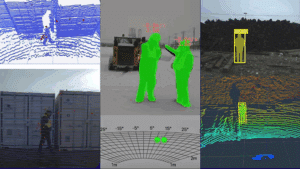
Au-Zone Technologies Expands EdgeFirst Studio Access
Proven MLOps Platform for Spatial Perception at the Edge Now Available CALGARY, AB – November 19, 2025 – Au-Zone Technologies today expands general access to EdgeFirst Studio™, the enterprise MLOps platform purpose-built for Spatial Perception at the Edge for machines and robotic systems operating in dynamic and uncertain environments. After six months of successful
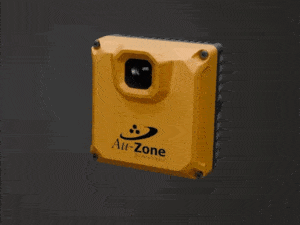
Enabling Autonomous Machines: Advancing 3D Sensor Fusion With Au-Zone
This blog post was originally published at NXP Semiconductors’ website. It is reprinted here with the permission of NXP Semiconductors. Smarter Perception at the Edge Dusty construction sites. Fog-covered fields. Crowded warehouses. Heavy rain. Uneven terrain. What does it take for an autonomous machine to perceive and navigate challenging real-world environments like these – reliably, in
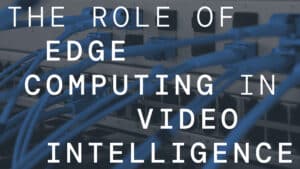
The Role of Edge Computing in Video Intelligence
This blog post was originally published at Network Optix’ website. It is reprinted here with the permission of Network Optix. In many industries, decisions need to be made within seconds. Delayed responses can mean the difference between preventing an incident and simply reviewing it after the fact. Traditional video systems, which rely on transmitting data offsite

The Need for Continuous Training in Computer Vision Models
This blog post was originally published at Plainsight Technologies’ website. It is reprinted here with the permission of Plainsight Technologies. A computer vision model that works under one lighting condition, store layout, or camera angle can quickly fail as conditions change. In the real world, nothing is constant, seasons change, lighting shifts, new objects appear and

Why Openness Matters for AI at the Edge
This blog post was originally published at Synaptics’ website. It is reprinted here with the permission of Synaptics. Openness across software, standards, and silicon is critical for ensuring interoperability, flexibility, and the growth of AI at the edge AI continues to migrate towards the edge and is no longer confined to the datacenter. Edge AI brings
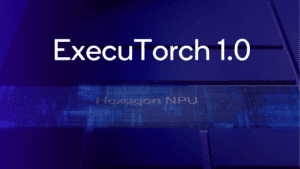
Bringing Edge AI Performance to PyTorch Developers with ExecuTorch 1.0
This blog post was originally published at Qualcomm’s website. It is reprinted here with the permission of Qualcomm. ExecuTorch 1.0, an open source solution to training and inference on the Edge, becomes available to all developers Qualcomm Technologies contributed the ExecuTorch repository for developers to access Qualcomm® Hexagon™ NPU directly This streamlines the developer workflow
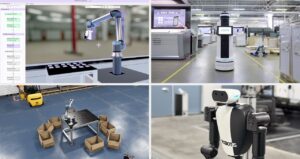
NVIDIA Contributes to Open Frameworks for Next-generation Robotics Development
This blog post was originally published at NVIDIA’s website. It is reprinted here with the permission of NVIDIA. At the ROSCon robotics conference, NVIDIA announced contributions to the ROS 2 robotics framework and the Open Source Robotics Alliance’s new Physical AI Special Interest Group, as well as the latest release of NVIDIA Isaac ROS. This
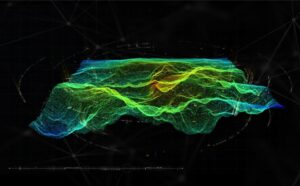
Unleash Real-time LiDAR Intelligence with BrainChip Akida On-chip AI
This blog post was originally published at BrainChip’s website. It is reprinted here with the permission of BrainChip. Accelerating LiDAR Point Cloud with BrainChip’s Akida™ PointNet++ Model. LiDAR (Light Detection and Ranging) technology is the key enabler for advanced Spatial AI—the ability of a machine to understand and interact with the physical world in three
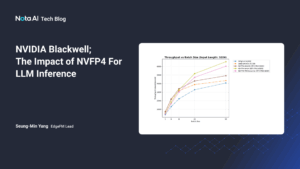
NVIDIA Blackwell: The Impact of NVFP4 For LLM Inference
This blog post was originally published at Nota AI’s website. It is reprinted here with the permission of Nota AI. With the introduction of NVFP4—a new 4-bit floating point data type in NVIDIA’s Blackwell GPU architecture—LLM inference achieves markedly improved efficiency. Blackwell’s NVFP4 format (RTX PRO 6000) delivers up to 2× higher LLM inference efficiency

Don’t Give Your Business Data to AI Companies
This blog post was originally published at Plainsight Technologies’ website. It is reprinted here with the permission of Plainsight Technologies. I have joined Plainsight Technologies as CEO to do something radical: not steal your data. Vision is our most powerful sense. We navigate the world, recognize faces, assess our surroundings, operate vehicles, and make split-second

NanoEdge AI Studio v5, the First AutoML Tool with Synthetic Data Generation
This blog post was originally published at STMicroelectronics’ website. It is reprinted here with the permission of STMicroelectronics. NanoEdge AI Studio v5 is the first AutoML tool for STM32 microcontrollers capable of generating anomaly data out of typical logs, thanks to a new feature we call Synthetic Data Generation. Additionally, the latest version makes it
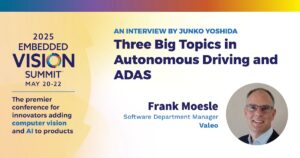
“Three Big Topics in Autonomous Driving and ADAS,” an Interview with Valeo
Frank Moesle, Software Department Manager at Valeo, talks with Independent Journalist Junko Yoshida for the “Three Big Topics in Autonomous Driving and ADAS” interview at the May 2025 Embedded Vision Summit. In this on-stage interview, Moesle and Yoshida focus on trends and challenges in automotive technology, autonomous driving and ADAS.… “Three Big Topics in Autonomous
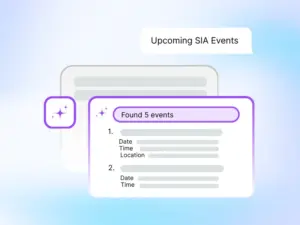
Task-specific AI vs Generic LLMs: Why Precision and Reliability Matter
This blog post was originally published at Rapidflare’s website. It is reprinted here with the permission of Rapidflare. Task-specific AI is redefining what’s possible in mission-critical industries. While generic large language models (LLMs) like ChatGPT excel at broad conversations, they often struggle with accuracy, consistency, and domain-specific context. In sectors where precision and reliability are

“Toward Hardware-agnostic ADAS Implementations for Software-defined Vehicles,” a Presentation from Valeo
Frank Moesle, Software Department Manager at Valeo, presents the “Toward Hardware-agnostic ADAS Implementations for Software-defined Vehicles” tutorial at the May 2025 Embedded Vision Summit. ADAS (advanced-driver assistance systems) software has historically been tightly bound to the underlying system-on-chip (SoC). This software, especially for visual perception, has been extensively optimized for… “Toward Hardware-agnostic ADAS Implementations for

Plainsight Appoints Venky Renganathan as Chief Technology Officer
Enterprise Technology Leader Brings Experience Leading Transformational Change as Computer Vision AI Innovator Moves to Next Phase of Platform Innovation SEATTLE — October 14, 2025 — Plainsight, a leader in computer vision AI solutions, today announced the appointment of Venky Renganathan as its new Chief Technology Officer (CTO). Renganathan is an enterprise technology leader with

